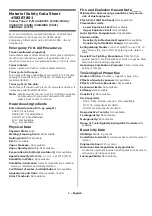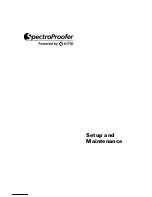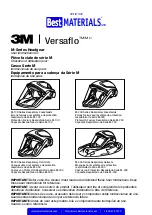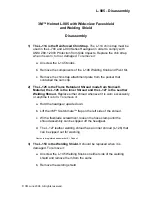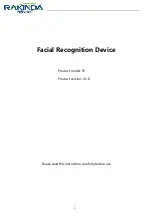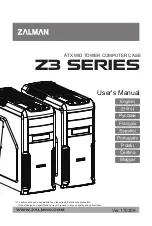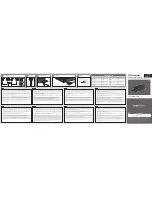
REV040218
SimpliPhi Power, Inc. | 420 Bryant Circle | Ojai, CA 93023, USA | (805) 640-6700 | [email protected] |
SimpliPhiPower.com
| 15 |
B.2 –
Green Attributes, Environmental & Ecological Considerations
B.2.1 – Materials
The primary materials (lithium, iron, phosphate) that make up PHI 1.3 Batteries are
environmentally benign and pose very few polluting or environmentally degrading by-products in
the harvesting and refinement processes. This is especially true when compared to those of lead
acid, NiCad, and NiMH batteries.
B.2.2 – By Products
There are no toxic by-products associated with the assembly or use of PHI 1.3 Batteries, such as
off-gassing hydrogen, sulfuric acid spillage, lead contamination, or explosive chemicals.
B.2.3 – Operation
There is no need for maintenance, such as adding water or chemicals, nor is there corrosion of
terminals or containment facilities, or dispersion of fumes as with other battery types. Once
installed, PHI 1.3 Batteries are maintenance free.
B.2.4 – Life Cycles
PHI 1.3 Batteries are designed for thousands of cycles while maintaining 80 percent or more of
their initial capacity. To achieve this, it is critical to follow the operating conditions outlined in the
Warranty.
B.2.5 – Disposal
PHI products are non-hazardous, may be disposed of without damage to the ecosystem, and
returned to the earth, while easily recombining with the elements without harmful by-products.
The outer casing and brackets contain steel, aluminum, copper, cardboard, and recyclable
plastic. Lithium Ferrous Phosphate (LFP) materials can also be recycled through established
battery centers if desired
.
B.2.6 – Lithium Ferrous Phosphate Batteries and the
Environment
As the use of this battery chemistry in larger batteries becomes more common, questions of
sustainability and environmental impact inevitably arise. Of the lithium ferrous phosphate
chemistries being considered for large format batteries, SimpliPhi Power believes that batteries
based on our proprietary lithium ferrous phosphate chemistry and circuitry offer a clear
advantage, not only over alternate Li-ion chemistries (lithium cobalt oxide), but all battery
chemistries that are currently commercially available. This belief is based on the minimal
environmental impact associated with the manufacturing of PHI 1.3 Batteries, the extended cycle
life and the significantly smaller end-of-life footprint that results from the use of PHI 1.3 Batteries.
B.3 –
Summary
The Lithium Ferrous Phosphate (LFP) cells utilized throughout the entire PHI and LibertyPak product
lines are classified as non-hazardous by OSHA and WHMIS. They are non-toxic, unlike NiMH, NiCad or
Lead Acid types of batteries (including AGM). The PHI 1.3 Batteries contain the least amount of toxic
metals, and are the most eco-friendly of all common battery types. Lithium easily combines into harmless
compounds when disposed of. The PHI 1.3 Batteries are the least polluting rechargeable batteries on the
market today – no fumes, leaking, or gas discharge and no chemicals or acids to worry about. Designed
and Assembled in the USA Using Exclusive American Patented Technologies.
















